Treatment of cervical spondylosis with the latest and highly effective techniques, using modern equipment and under the guidance of experienced specialists.
Diseases of the spine can be uncomfortable, especially if they affect the neck: there is a risk of damage to the spinal cord and brain. In addition, cervical spondylosis often leads to headaches, disrupts the functioning of internal organs and contributes to impaired blood circulation. Fortunately, today a number of therapeutic techniques have been developed that allow you to eliminate unpleasant symptoms and restore a healthy state of the spine.
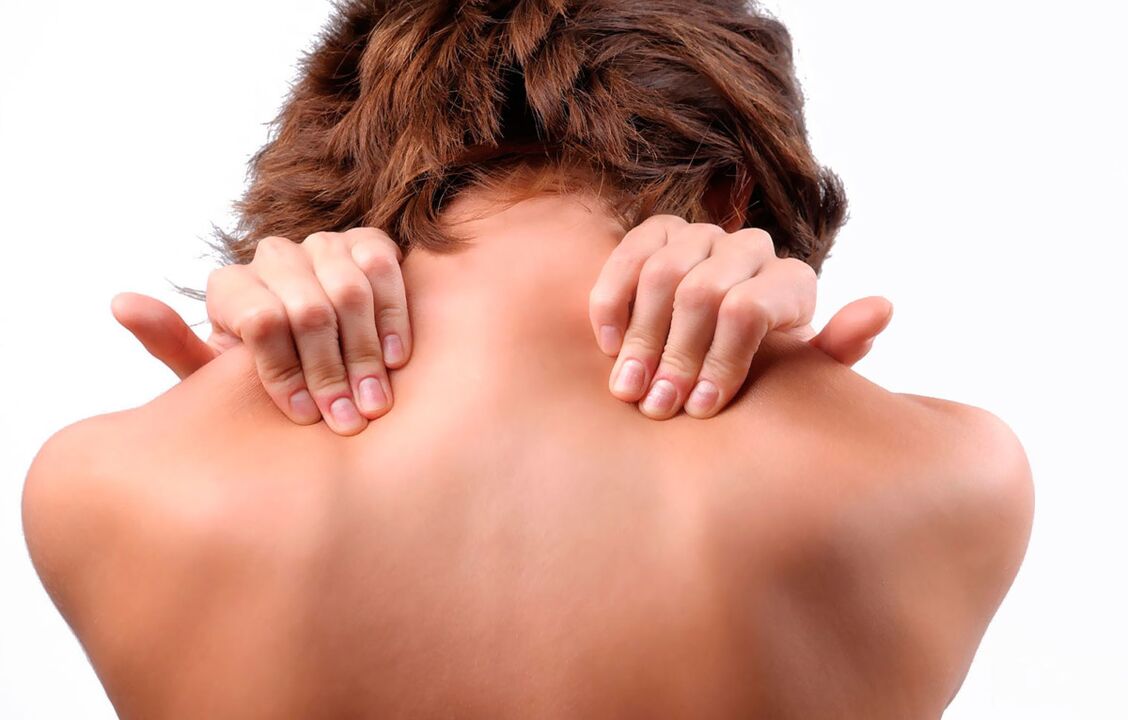
In this article we will tell you in detail about the features of cervical osteonecrosis and describe its main methods of treatment. We hope that after reading it, you will be able to choose the most effective way to deal with this disease and possibly avoid radical surgery.
What is cervical fibroid?
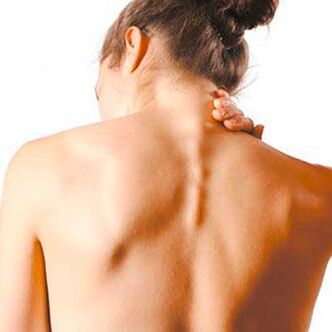
Cervical fibroids are a disease in which the soft pulp, as it turns out, acts as a cushion between the vertebrae. At the same time, blood vessels and nerve roots are involved in the development of the disease.
The characteristic feature of cervical spine tumor is the appearance of pain in the shoulder, occipital, neck and head. In addition, the patient presented with dizziness, elevated blood pressure, oxygen starvation, loss of sensitivity on one side of the tongue, and other symptoms characteristic of cardiovascular disease. This becomes a reason to contact doctors of other specialties and significantly slows down the diagnostic process.
Usually, people who are middle-aged or older are prone to fibrosis of the tissues of the upper part of the spine. This is due to the incorrect distribution of dynamic and static loads on the human skeleton.
However, if there is previous cervical osteonecrosis andthe symptomsdiagnosed in people over 45-50 years old, but now the age of patients with this disease is significantly younger. Today, it affects young people aged 20-40 years, is associated with a decline in diet and less physical activity.
Currently, there are two approaches to the cervical spine problem: considering it as a combination of physiological and pathological factors. In the first case, we are talking about aging of the body under the influence of inevitable natural phenomena, in the second case it is assumed that the destruction of disc formations occursagainst the background of inflammatory and dystrophic processes caused by improper lifestyle.
Symptoms of cervical spine osteonecrosis
Problems in diagnosing this disease are due to the absence of pain sensation in some situations and the underlying nature of the symptoms. In addition, a person may not feel signs of illness while regularly taking strong pain relievers to minimize overall discomfort. All this can lead to serious disorders in the area of the cervical joints.
Among the obvious symptoms of cervical osteonecrosis, which causes the need fortreatment,include: headache, high blood pressure, frequent dizziness. We will talk more about them.
Dizziness with cervical osteonecrosis

Dizziness may not always manifest against the background of cervical spine problems. In some cases, it indicates disorders of the brain, malfunctions of blood vessels and the heart, inflammatory processes in the ears and nasopharynx, the presence of malignancies or any pathological conditions of thenerve system.
Dizziness with cervical osteochondrosis and the need for treatment may have a systemic or systemic etiology.
In the first case, a person may report feeling dizzy, uncertain while standing, and some almost pass out. At the same time, there is no feeling of spinning.
As for generalized vertigo, usually it is evidence of any vestibular disorders, malfunction of the visual analyzer and other changes that arise against the background of osteonecrosis. In this case, the patient can feel the rotation of the body or nearby objects.
If dizziness is present and symptoms such as acute pain in the head, numbness in the upper chest, fainting or impaired coordination are present, urgent hospitalization is required.
Headache with osteonecrosis of the cervical spine
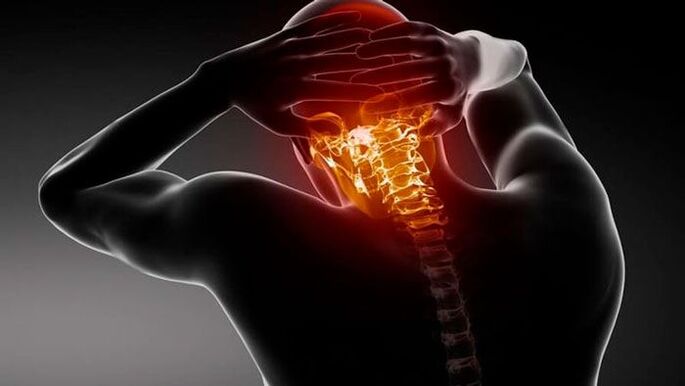
The appearance of a headache can signal the presence of a variety of diseases. Most often, it occurs in women against the background of hormonal disorders, stressful situations, increased intracranial pressure, spasms in the brain, nerve compression, inflammatory processes and other diseases.
may signal the presence of a variety of diseases. Most often, it occurs in women against the background of hormonal disorders, stressful situations, increased intracranial pressure, spasms in the brain, nerve compression, inflammatory processes and other diseases.
Pain andnoise in my headwith cervical osteonecrosis, causing a condition that requires treatment, often confused with symptoms of acute disturbances in blood supply to the brain, arterial hypertension, or coronary heart disease. Usually, such signs occur in older people with the above diseases.
To determine the exact cause of the headache, you should consult an experienced specialist. In this case, you should undergo an electrocardiogram and rule out the presence of cardiovascular disorders.
Pain at other sites, characteristic of cervical osteonecrosis
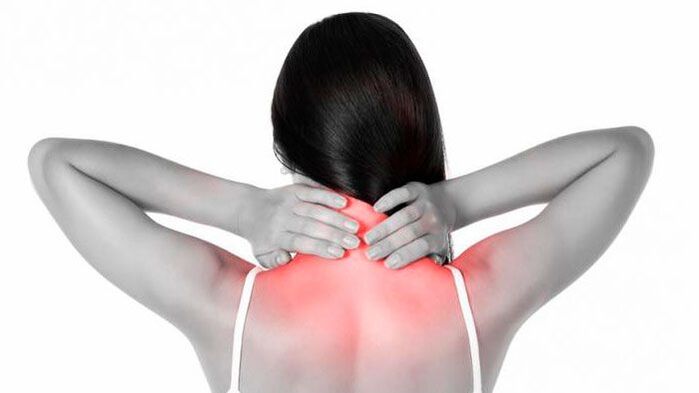
Pain in the back of the head and head is not always a sign of cervical spondylosis. In some cases, discomfort can spread from the neck down to the arms and shoulders. Such symptoms are sudden in nature and can occur against the background of sudden movements, after a strong sneeze or in a position during a night of sleep.
If the cause of the pain syndrome is cervical spondylosis, it usually disappears after a certain time or disappears after manual treatment of the cervical spine.
It should be noted that massage in this area is performed only after the patient has been thoroughly examined. With an unprofessional approach, there is a high risk of the patient's condition worsening, up to and including his disability.
If we are talking about cervical spondylosis and the need for treatment, the patient should note the following pain sensations:
- The appearance of a crackle while turning the head;
- The presence of pain syndrome inside the neck;
- Decreased sensitivity and appearance of muscle weakness in different areas of the body.
Hypertension with cervical spine problems
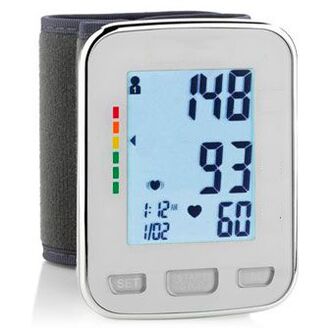
Since the cervical vertebrae are directly connected to blood vessels and nerve endings, any disruption in this area can raise blood pressure. However, such leaps are temporary, manifesting in short-term contractions and not as symptoms of hypertension.
In addition, if there is osteonecrosis of the cervical spine, in addition to increased pressure, the patient may experience other symptoms and treatment in this case includes the use of special anesthetic drugs. Including:
- Occurrence of pain in the head region;
- Loss of sensitivity in the collar;
- Pain in the chest, arms and legs;
- Blood pressure rises sharply after stressful situations, in a prolonged position, excessive muscle tension, and other similar situations.
A sharp deterioration in the patient's condition and a sharp increase in pressure indicate an urgent need to see a doctor.
Developmental stages of cervical osteonecrosis
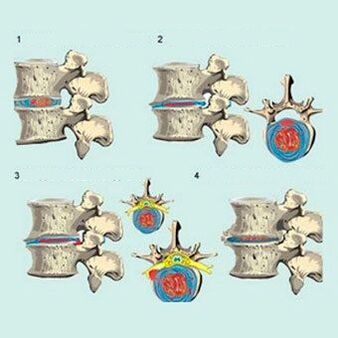
As it develops, the disease goes through several stages, accompanied by specific symptoms. We will talk about them in more detail below.
Early stage of osteonecrosis
As a rule, if the disease is grade 1, the patient may experience only mild discomfort. They may present with pain only with sudden movements, tilting and turning of the head. Many patients report increased fatigue in the lumbar spine and back, and a constant feeling of tension. Treatment of cervical spine osteonecrosis in the early stages does not need to be useddrug. . . To recover from the disease, the patient just needs to doexercisecervical osteonecrosis and change in daily diet.
The second stage of the disease: features
The second stage of the pathology is characterized by more intense pain radiating to the upper extremities, and aggravated by bending and turning the head. Reasons for increased discomfort include: a decrease in the height of the disc and as a result compression of the nerve endings. In this case, the patient noted a decrease in his ability to work, appearance of lethargy, increased fatigue, and the appearance of headaches.
Osteochondrosis third degree
It is accompanied by an increase in pain when irradiating the area of \u200b\u200bthe upper extremities, as well as the shoulder and neck. In this case, numbness in the muscles of the hand can be observed, which is associated with the occurrence of a herniated disc. In addition, patients may complain of severe weakness and dizziness.
The final stage of the disease
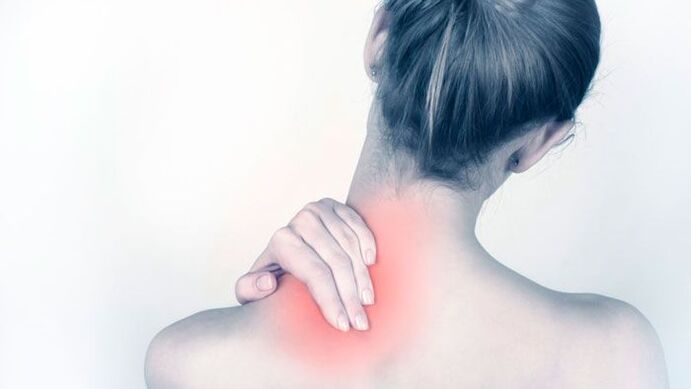
In the final stages, deep degenerative processes in the intervertebral disc area and their replacement by pathological tissue produce self-sensation. The need for the treatment of cervical osteonecrosisin the critical periodIt is possible that some segments of the spine are lost. In this case, the patient reported the presence of tinnitus, increased pain syndrome, severe dizziness, and impaired coordination of movements.
Causes of cervical osteonecrosis
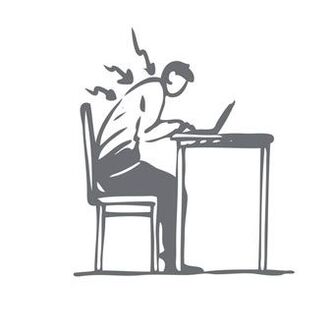
Most often, the development of this pathology is caused by daily sedentary work, in which a person does not control the correct position of his body in a chair, and his head is constantly tilted forward. The same can be said about the head being in a prolonged backward position, which is often the case with construction workers when carrying out repair operations.
As a rule, excessive stress on the cervical spine inevitably leads to degenerative disorders in the disc region. In addition, cervical spondylosis, its symptoms and the need for treatment can be attributed to the following factors:
- Violation of calcium metabolism;
- The cause is hereditary;
- Heat stimulants;
- When exercising excessively (treatment of sports injuries);
- Heart rhythm disturbances;
- a person's length of stay in a position due to occupation;
- Fat;
- Prolonged stressful situations;
- Injury to the neck and back of the head;
- Autoimmune processes can cause destruction of cartilage tissue.
Switching to a healthy diet and moderate physical activity can reduce your chances of developing osteonecrosis.
Syndromes in cervical osteonecrosis
The syndromes are manifested by the simultaneous manifestation of several symptoms of the disease at the same time. Cervical osteosarcoma is characterized by the following syndromes: vertebrae, vertebral artery, heart, and lens. It is about them that will be discussed below.
What is vertebral syndrome?
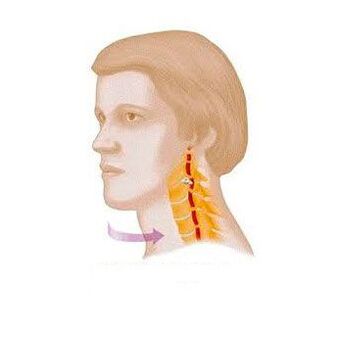
When the above syndrome is present, degenerative processes directly affect cartilage and bone tissue. In this case, the simultaneous expression of the following three signs is observed:
- Pain when turning the neck;
- Inability to rotate the neck;
- The presence of a disorder in the intervertebral disc region or in the vertebral body, morphological in nature (to determine this symptom, radiographs).
If the patient lacks at least one of the above signs, it is meaningless to talk about cervical spondylosis.
Features of vertebral artery syndrome
The essence of the above syndrome is damage to the vertebral arteries that supply blood to the brain. It is characterized by the simultaneous manifestation of the following symptoms:
- Against the background of arterial compression, the patient may experience dizziness, increased blood pressure, tinnitus, nausea, etc. v . . . ;
- Due to irritation of the nerve roots, loss of sensitivity, "flies" may appear in the eyes, acute pain in the head and numbness;
- Lack of oxygen can cause severe pain in the head area, excessive sleepiness, decreased activity, and decreased ability to concentrate.
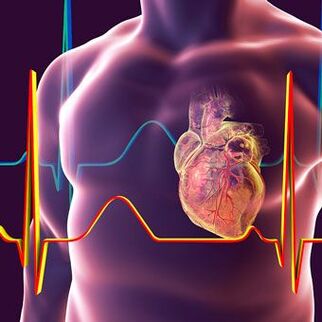
Signs of heart syndrome
In addition to the symptoms of vertebral artery disease in cervical osteosarcoma, the patient's need for treatment also has a cardiac syndrome. Many patients report a condition that is characteristic of coronary heart disease, or resembles symptoms of myocardial infarction. In this case, the following symptoms occur:
- Burning sensation and acute pain syndrome in the sternum region;
- Fast heart beat;
- The appearance of severe weakness, excessive fatigue and shortness of breath.
Lens syndrome: features
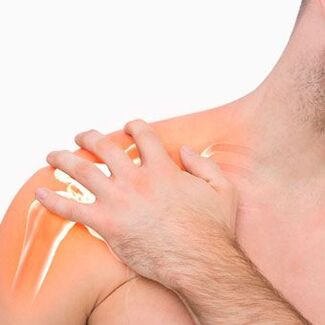
It is characterized by a decrease in neuromuscular transmission. When lens syndrome is present, the patient may experience loss of sensitivity or, conversely, severe pain syndrome. In addition, its features include:
- Pain in the back of the head or, conversely, numbness in this area;
- Difficulty chewing food, numbness behind the ear, feeling of fullness of the tongue;
- Occurrence of symptoms of sore throat, hiccups, pain in the collarbone;
- Difficulty moving the upper limbs, discomfort in the neck and shoulders;
- Violation of the forearm, shoulder blades;
- Loss of sensitivity in the finger area.
Diagnose
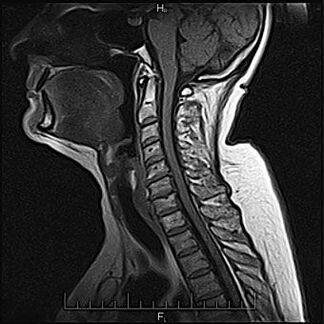
The main and most informative methods for diagnosing osteonecrosis include magnetic resonance imaging (MRI). A highly detailed MRI scan reflects the state not only of the bone tissue of the spine, but also of the soft tissues - muscles, cartilage, blood vessels, nerves and discs. If there is a contraindication to MRI (presence of metal prostheses, pacemakers), computed tomography is indicated, but its information content is much lower on the diagnosis of gangrene. bone death.
Can cervical spondylosis be cured?
When it comes to cervical osteonecrosis, the disease can only be effectively treated with comprehensive lifestyle modification, ongoing prevention, and nursing rehabilitation. In practice, only a few have achieved this, especially in our climate, when it is almost impossible to completely avoid hypothermia and new inflammatory processes. However, you can significantly reduce your condition, even in the most severe cases, and prolong remission.
Treatment of cervical osteonecrosis

In the early stages of bone necrosis, patients will be supported with conservative treatment without drugs. You should correct your posture, pay attention to the equipment of the workplace, interrupt work for a few minutes each day to do it in an uncomplicated way.gymnasticswith cervical osteolysis, can be done right at the desk in the office. Swimming, increased mobility, vitamin and mineral complexes will have a positive effect on the entire musculoskeletal system.
Benefits of shock wave therapy
If the patient has osteonecrosis of the cervical spine and its symptoms, a new method of treatment is considered the most effective - with the help of shock waves. This procedure is notable for its affordable cost. In addition, if the medical facility has special equipment, you can take the UHT course completely free of charge.
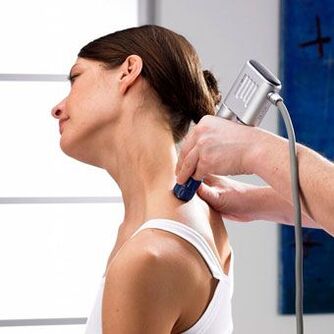
The advantages of UHT include:
- Maximum efficiency;
- Lack of discomfort during the procedure;
- Minimal possibility of side effects;
- Reduced need for invasive treatment
- Reduced need for medication.
Drugs to treat cervical osteonecrosis
If you have cervical osteonecrosis and want treatmentmedicineandeffective,you can find information about suitable drugs on the Internet. However, although there are many medications available and no prescription is required, self-medication is not recommended. Most medications have side effects and contraindications, and it's important not to overdose.
Non-steroidal anti-inflammatory drugs (NSAIDs). They are used to reduce swelling and pain.
Muscle relaxants, tranquilizers
They are prescribed additionally to alleviate the patient's general condition and reduce the dose of NSAIDs. By simultaneously reducing muscle spasms and nervous tension, you can achieve the best treatment effect.
At the end of treatment, doctors often recommend purchasing a nonsteroidal anti-inflammatory drug for a home first aid kit, as neck pain can return with weather changes, overuse, and stress.
Physiotherapy methods
In cases where drug therapy is contraindicated or does not bring the desired effect and sometimes causes complex effects, physiotherapeutic methods are used, which are available in both classical and traditional medicineto replace. All of them are aimed at reducing muscle spasms, inflammation, and pain.
Acupuncture. The essence of this method is to "awaken" the bioactive points by inserting special thin needles into them to a depth of several centimeters. The procedure itself is painful, but it helps relieve pain in the spine. Several sessions are required.

Manual therapy. This method is effective if the patient haspinchcervical spondylosis, the corresponding symptoms were diagnosed and the need for treatment determined. Nerves and blood vessels trapped by deformed vertebrae can be freed by manual spinal stretching.
Hirudotherapy (leeches). Reduce swelling caused by bioactive substances secreted by leeches. Enhance blood circulation.
Shockwave therapy. Restore blood circulation and destroy bone-forming cells, helping cartilage tissue return to its normal structure. After 1-2 sessions, the patient felt a reduction in pain and swelling. The course of shock wave therapy includes up to ten procedures, it can be prescribed as part of complex non-invasive therapy and during the rehabilitation period after surgery. It has some contraindications and is used only after a thorough examination by a number of specialists, including neurologists, cardiologists, and chiropractors.
Exercises for cervical osteonecrosis
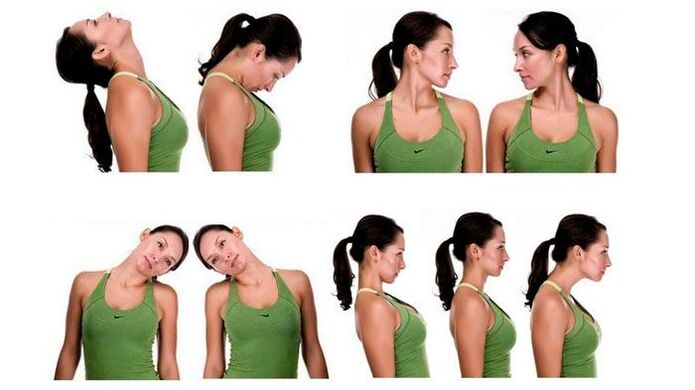
If a person has cervical osteonecrosis, dailyexercise,developed to treat this disease, will help to increase the strength of the corset, that is - reduce the load on the cervical spine. Exercise therapy is indicated at all stages of the disease, as well as a preventive measure. During exacerbations, certain exercises should be performed with caution.
Typical exercises to treat cervical spondylosis:
- head turned to the sides;
- head tilted forward and backward;
- raise the shoulders with both hands relaxed or fixed, hold in this position for 15-20 seconds;
- alternating tension of the flexors and extensors of the neck with a stationary head position.
Exercises must be repeated 5-7 times. The duration of the lesson is 15-20 minutes.
Surgical intervention
In the absence of a positive effect after 6 months of conservative treatment, lumbar puncture may be indicated. The procedure aims to immobilize the affected vertebrae. It involves disc removal, nerve root decompression, and implantation or physiological heightening of the disc space. The operation has a lot of contraindications and side effects. For example, spinal fusion can lead to vertebral defects. That is why surgical intervention is indicated only in severe cases.
Nutrition and lifestyle
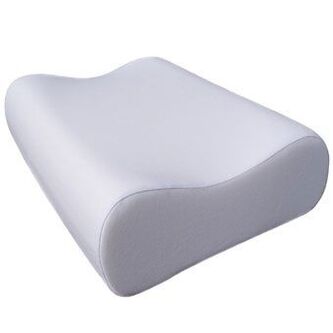
After surgical treatment of cervical fibroids, in the early stages of rehabilitation, it is necessary to wear a fixed collar. During the period of conservative treatment and the final stage of rehabilitation, it is recommended to apply a diet rich in calcium and vitamins, adjust habits and posture in general, practice neck exercises, orthopedic pillows daily. .
Cervical cancer treatment at home
If you have been diagnosed with cervical osteochondrosis and its symptoms, and you want to experiencehome treatment,It should be remembered that such an independent intervention can be practiced only in combination with the procedures prescribed by a specialist.
Some experts recommend usingorthopedic pillowcervical osteonecrosis and use of warming agents such as pepper plasters, mustard putty, and alcohol compresses. According to others, only specialexercisefor treatment andPrevent. . .
You can also resort to the help of traditional medicine recipes, based on using the method of applying and applying honey potatoes with natural ingredients. More information about these tools can be found on the Internet. However, only an experienced and qualified doctor can diagnose cervical osteosarcoma, identify symptoms, and prescribe the most effective treatment.
Measures to prevent cervical osteonecrosis

An examination by the attending physician is required once a year. A course of shock wave therapy may be prescribed. Hypothermia and infectious diseases should be avoided, long working with the computer in one position. If you're traveling on a plane or bus for a long time, use a neck support pillow to help relieve muscle tension and prevent congestion. For daily sleep, use a special orthopedic pillow to ensure the correct position of the head.

















































